The output of Tesseract 4.00alpha with your image is
$ tesseract ICKcj.png - -l eng
*: 4606 Y; 4809 Z; 698
Warning. Invalid resolution 0 dpi. Using 70 instead.
Resample the picture to 50% and setting the dpi to 300:

The output with this image is slightly better and the warning is vanishing:
$ tesseract ICKcj-50.png - -l eng
X: 4606 Y: 4809 Z: 698
The only thing missing are the minus signs, which are printed quite irregular (a better resolution in the picture could help). It is also possible to restrict the output pattern in tesseract. Alternatively, you can try to guess the minus afterwards depending on the spaces between the X, Y, Z and the numbers.

